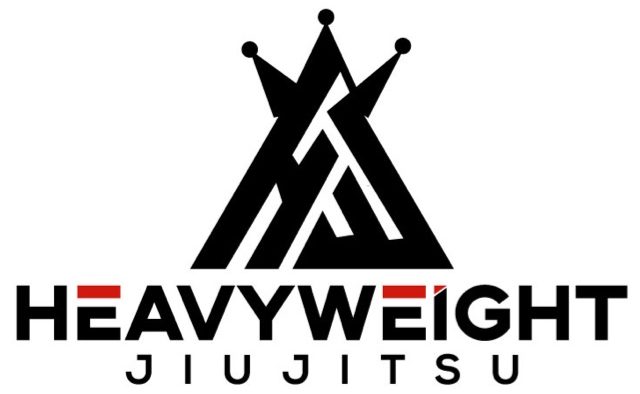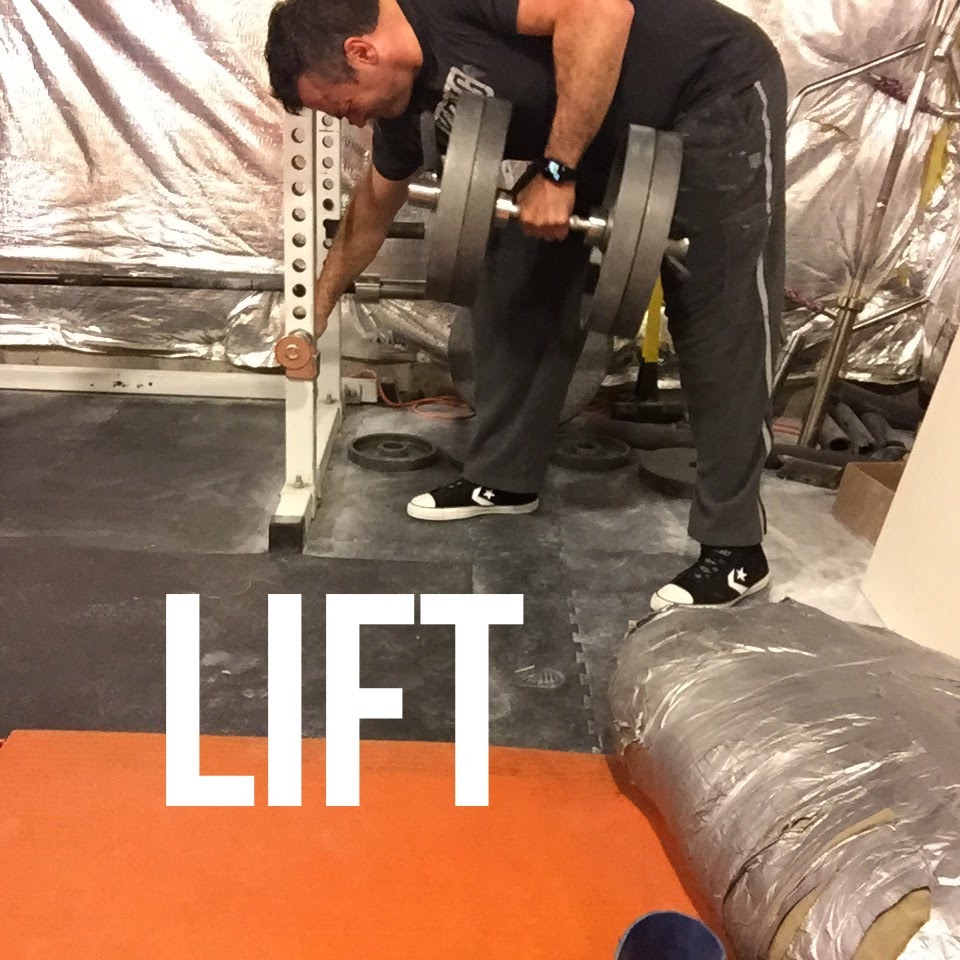Schools around the country are cancelling sports seasons all together due to the COVID-19 pandemic. While this sucks, this is an opportunity to get strong.
There will be future sports seasons. But even more importantly, you can build strength that will last you your entire life.
The skills that accompany strength training are undeniable. See Strength Training 101.
I’m going to suggest a simple way to keep and learn new skills while building new strength that you can do with limited equipment. This is going to be part 1 of 3 articles focused on adding the base layer of your strength pyramid: The Strength Athlete Block.
I will also provide my top 3 methods, exercises, and equipment needs at the end of the article to get you started.
Strength Athlete Drills
Strength Athlete Drills
These movements require an external “implement” that you will need to dominate to generate great force and power to accomplish the task.
Power = Force x Distance / Time. This is your guide. Your goal should be to push, pull, carry, or flip the weight/object for a certain number of repetitions in a defined period of time, or achieve a maximum distance in that time.
For example, a Sled Drag could be done with different distances for a designated time period (e.g., 5 minutes for multiple sets) or you would track the time you achieved a certain distance, (e.g., 2000m total, 1000m total, 500m, etc. based on your sport-specific demands (e.g., 2000m total, 1000m total, 500m, etc. based on your sport-specific demands) or add up the total amount of distance you’ve covered over a period of time (e.g., total meters completed with a % of bodyweight up to bodyweight for X minutes, based on your sport or activity).
This is how you increase work capacity for your sport.
The moves:
Push: You put your entire body, arms extended, into pushing a weighted object. You get behind something and push it. I prefer pushing a car in an empty parking lot (all you need is a car and an empty parking lot to make this happen). Prowlers and sleds with pushing arms are also useful tools and versatile. A sled is an investment I recommend making.
Pull: Simply, the opposite of pushing. Anchor a rope or chains to an object and pull it towards you. Tires are free and perfect for this. Variations include using upper body only, using your legs concurrently with pulling muscles.
Hoist: Picking a heavy object from the floor to chest/shoulder length.
Typical tools include a heavy sandbag, log, atlas stone, single dumbbell, or other odd objects. You must lift with your legs, lower back, hips, glutes, and upper body
simultaneously.
This is the “power chain”. You will not be able to transfer enough force into the object to move it if you don’t have a simultaneous contraction. This move will force your Central Nervous System (CNS) to fire more rapidly than others due to the demanding nature.
Carry : In my opinion, this is the “Grandfather” of all Strength Athlete drills. There is nothing more basic then picking something up and carrying it. It tests every muscle from head to toe, concurrently. Pick the object of choice up and carry it. It is a unique challenge to your entire body and your ability to breathe. Farmer’s carry variations with a trap bar, plates, tires, and heavy bags are examples. Also, bear hug, Zercher and overhead carries with a sandbag, have major transfer properties to grappling-based sports. Wheelbarrow pushing is also a variation of carrying a heavy object with 2 hands.
Flip: Tires or other heavy objects like a loaded sandbag. Getting under the object and using force into the object to flip it over.
Drag: Refers to the act of walking/sprinting with a weighted drag behind you, like a sled or tire. Sprint mechanics are typically used in this movement. Power walking, heel to toe, per Westside methods, are also preferred for improving your ability to produce force into the ground, which is the basis for all explosive athletic movements.
Lift: Lifting is a broad category that includes Overload lifts, Olympic Lifts, and Odd-Object Lifts. These types of lifts challenge you in many different ways.
- They are a mental challenge. They can psyche you out if you let them.
- They are very useful for developing intra-abdominal pressure capabilities
and trunk integrity. - Plus they stroke the ego since they allow you to handle a lot of weight.
- They require tremendous coordination of the entire body.
- They typically involve a significant hip-hinge movement to support power-generation throughout your body.
The Top 3
If you are going to start with any three drills, I prefer:
- The Carry
- The Drag
- The Lift
For objects, I recommend:
- A Sandbag: Building a sandbag is the only work you would need to do. It’s a cheap and effective workout aid. If you need instructions to build one, just look for “sandbag workout DIY” and you’ll find plenty of options.
- A heavy dumbbell or kettlebell: A heavy dumbbell can be made or purchased. Kettlebells will need to be purchased and are also very versatile. I recommend using Facebook Marketplace or Craigslist to get these.
- A tire as your sled: Tires can be obtained free from any garage. Go and ask them if they have any and they will be happy to give them to you. They pay to dispose of them so you are doing them a favor.
For the top three training protocols to start, I recommend:
- Every Minute on the Minute (EMOM): This is my favorite method for learning a new drill. Pick the exercise. Perform it for 5-15 seconds (just a few reps) and let the clock tick and recover for the rest of the minute. Repeat this until you accumulate 20 – 40 quality reps (this amount depends on the attributes of your sporting event and strain of the exercise selected). Explosive Strength is an ideal strength to concentrate on when doing EMOMs. For example, 2-3 box jumps at 70-80% of your 1RM height would be a useful exercise. Another would be a heavy dumbbell snatch using a weight between 70-80%o of your 1RM. This is an ideal protocol for baseball players where plays are often quick, anaerobic bursts followed by longer rest.
- Rep Quantity Goal (Total Reps for Time): This is a great option to work on sustaining your explosive qualities. Using the time period of your athletic event (e.g., times sparring rounds, quarters in football, periods in basketball, etc.) will allow you to train for your sport-specific time demands. Keep track of the total reps and time you performed them in to work towards surpassing them.
- Distance Goal (Total Distance Covered for Time): This works particularly well for carries, sprints, and sled drags. For the carries and sled drags, once again, replicating your sport-specific demands is highly desirable. For example, I recommend that grapplers use a combination of implements during carrying and sled dragging to use the amount of bodyweight of a typical opponent. For example, A 150lb athlete can use 2x45lb plates on a sled while wearing a 30 lb weighted vest and carrying a 30 lb medicine ball. This combination will challenge the athlete to move the weight of their opponent for a designated time. You can track the total distance you cover as a goal to keep surpassing.
Keep things simple, and just work hard. Don’t over-analyze or over think when you can just pick up a weight, carry it for time or distance and get better at that simple task.



